Sandia Mountain Wilderness - Cibola National Forest
The Sandia Mountain Wilderness was established by the Endangered American Wilderness Act of 1978. The Wilderness encompasses the Sandia Mountains, creating a prominent backdrop for residents of Albuquerque, New Mexico. Spanning over 37,000 acres, the Wilderness offers 117 miles of hiking trails.
The east slope is very steep and rugged, while the west slope has rolling mountainous terrain and is heavily forested. The top of the ridge, a sheer rock face known as the Sandia Crest, rises to 10,678 feet in elevation. The range in elevations provides rich habitat for diverse plant and animal life. At lower elevations, desert grasslands are dotted with yucca and cactus species such as cholla and purple prickly pear. With increasing elevation, this desert environment gradually transitions from pinyon-juniper woodlands to ponderosa pine and oak forests and eventually to spruce-fir forests just below the summit of Sandia Crest. Distinctive white fir is the dominant vegetation. Patches of deciduous evergreen tree mix and deciduous shrubs including Rocky Mountain maple and Gambel oak also occur. Throughout the range, essential lichen, mosses, and fungi populate the surface of trees, rock, and the ground. During warmer months, over five hundred species of flowering plants pepper the wilderness with color including a host of endemic and rare plant species. Across the Sandias many small natural springs emerge, fed seasonally by snowmelt and the afternoon thunderstorms that are common in July and August.
The cultural landscape of the District is rich, with remnants of history present in the landscape, from the New Deal era iconic Kiwanis Cabin constructed in 1936 atop the Sandia Crest with its vast views, to the Sandia Cave, designated a National Historic Landmark for yielding some of the earliest evidence of human settlement in the Americas. The T’uf Shur Bien Preservation Trust Area is a designated area on the Sandia Ranger District that ties the importance of the area to the Pueblo of Sandia. At the Crest and from the mountain peaks, open sky, an array of geometric city shapes, and the winding Rio Grande dominate more nearby views.
Millions of people journey into the Sandia Mountains each year. More than half these visitors ride the Sandia Peak Tram or drive the Sandia Crest National Scenic Byway to take in spectacular panoramic views of Central New Mexico and to enjoy many other recreational opportunities. The Scenic Byway has several newly remodeled picnic grounds with shelters and group areas for reservation.
Easy access to Sandia Crest, via Sandia Crest National Scenic Byway, NM 536, or Sandia Peak Tramway, allows a visitor to reach this subalpine mountaintop in minutes. This high ridge offers commanding vistas in all directions, including a birds-eye view of the cliffs and spires of the west face, Albuquerque, the Rio Grande Valley below and a horizon filled with New Mexico’s mountains.

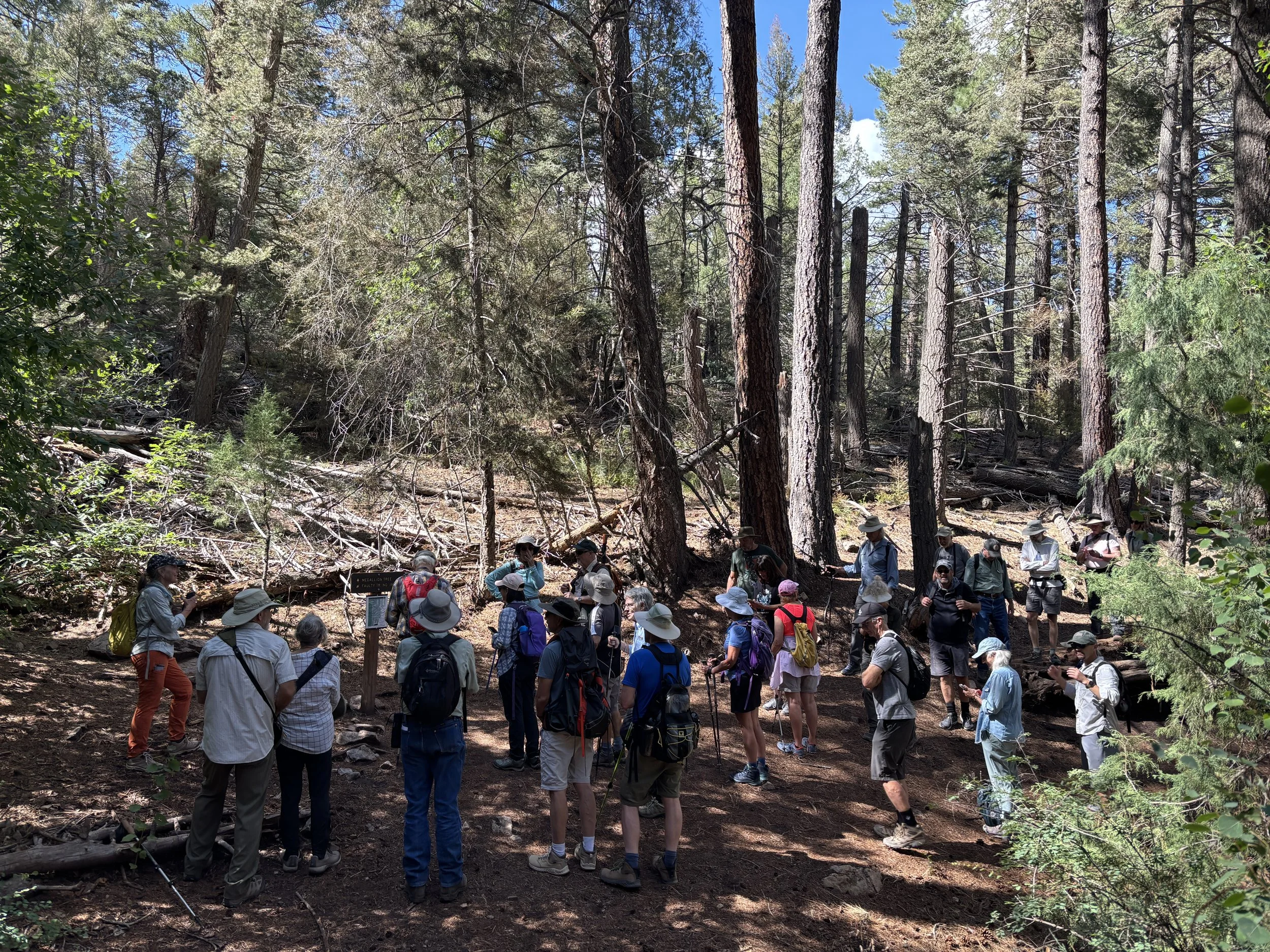
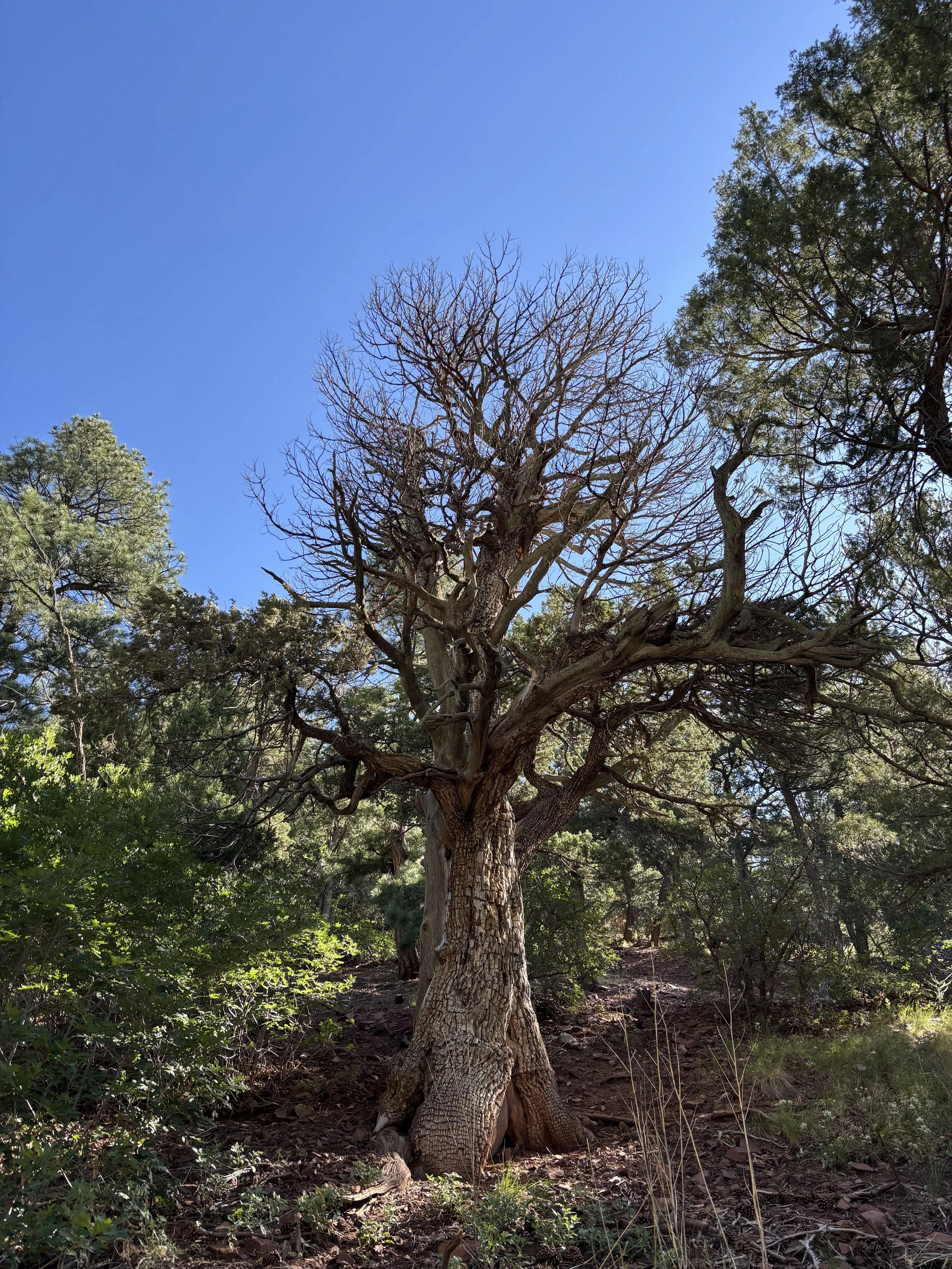
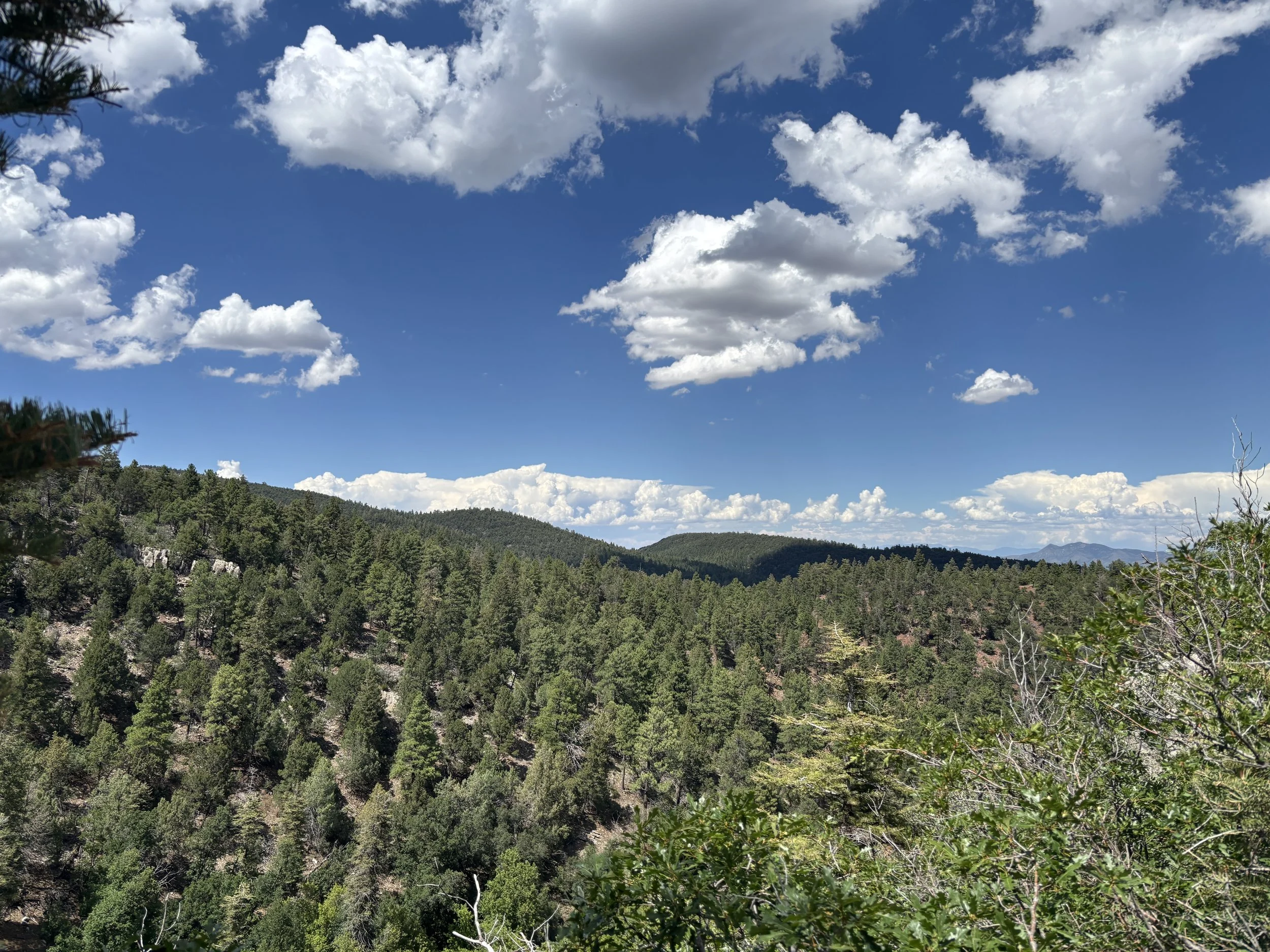
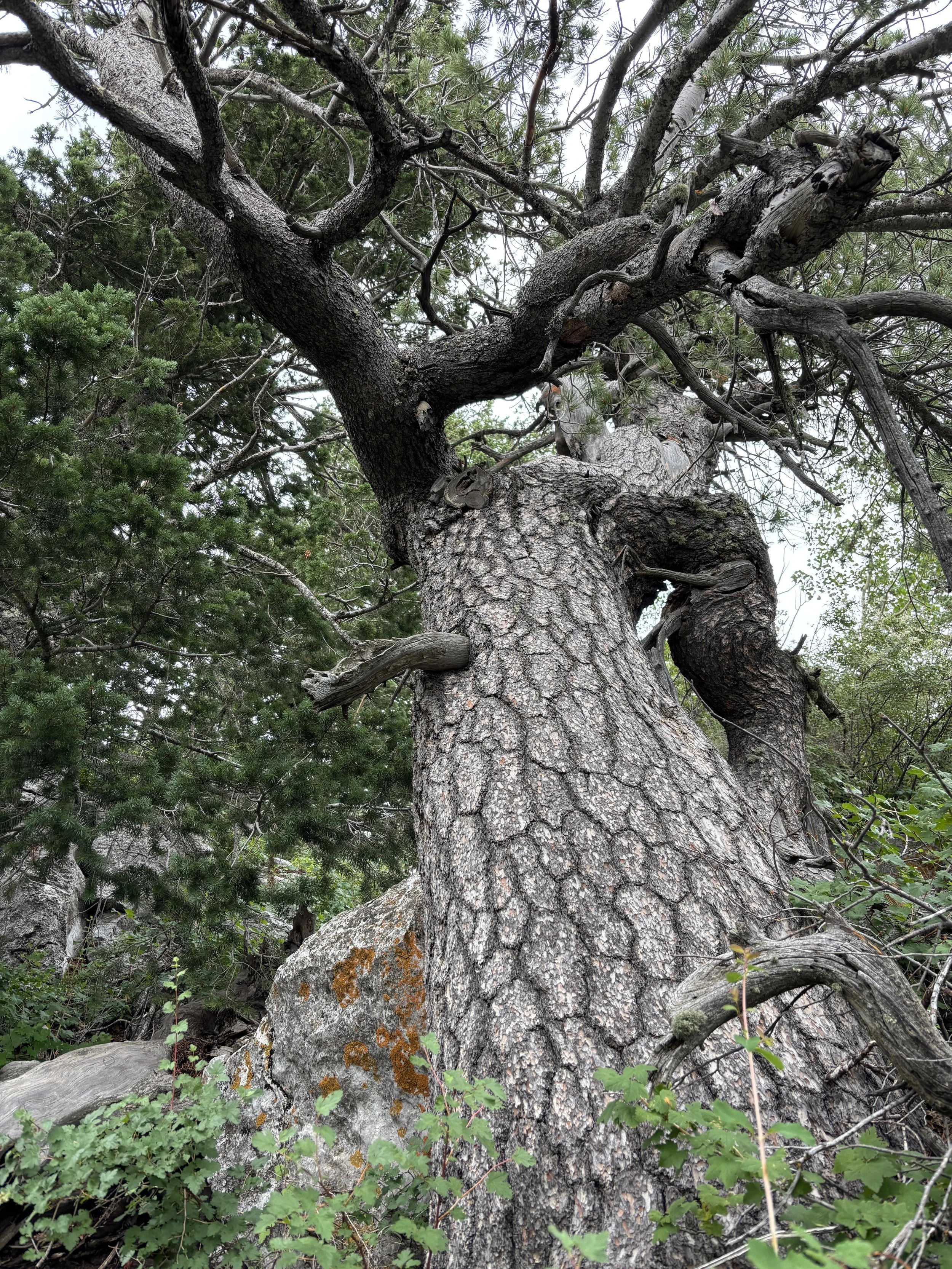

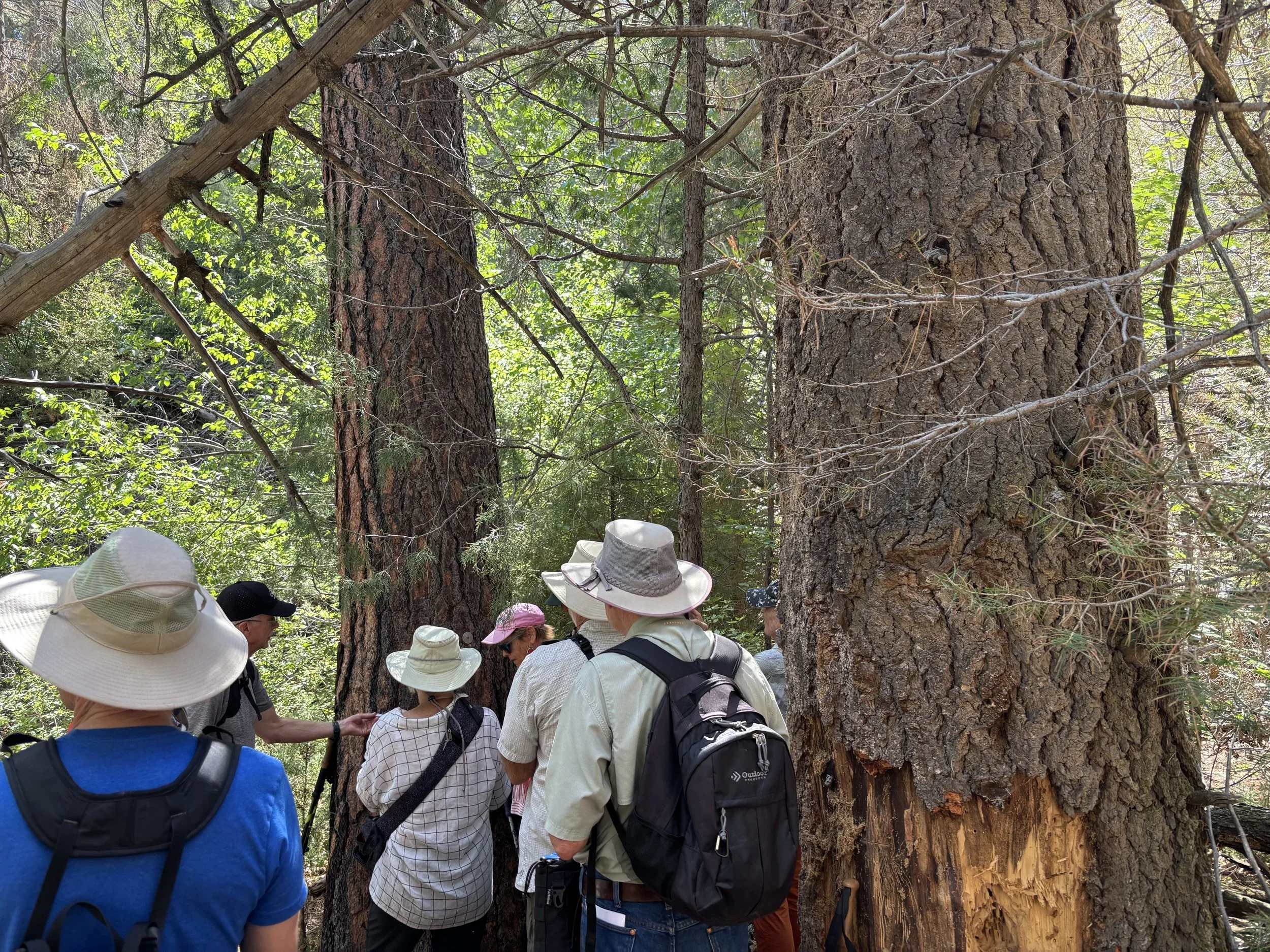
View All Network Forests in the State of New Mexico
View All Network Forests in the U.S.
View All Forest Designations
